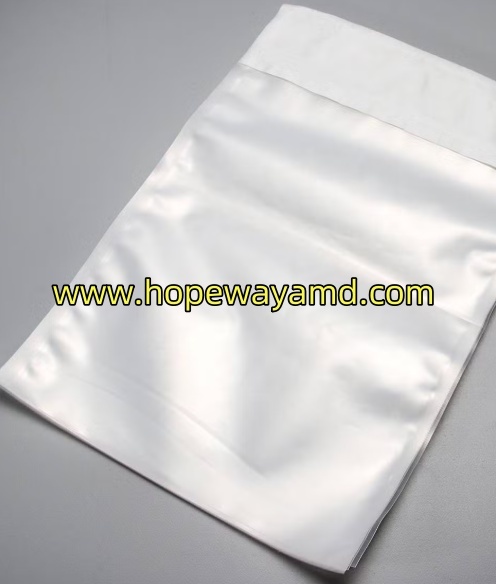Why Does Hopeway AMD Use Tyvek Breathing Cover in Design?
4 minutes, 54 seconds
-2 Views 0 Comments 0 Likes 0 Reviews

4 minutes, 54 seconds
-2 Views 0 Comments 0 Likes 0 Reviews

In many technical fields, teams look for materials that balance airflow control with structural reliability, which is why the concept behind Tyvek Breathing Cover appears in certain solutions from Hopeway AMD. By integrating breathable layers with stable fiber structures, this type of approach aims to help users handle work environments that require both airflow management and physical coverage. The idea is not about extremes, but about steady performance grounded in material science. When professionals evaluate options for controlled environments, they often pay attention to how breathable layers interact with temperature changes, movement, and routine handling, making such materials relevant in varied conditions.
Across sectors where controlled airflow matters, breathable barriers have gradually become part of routine planning. Their role extends beyond simple coverage; teams often focus on how the material interacts with moisture, how consistently it maintains its form, and how it responds to repeated use cycles. These considerations influence decisions in workshops, labs, and project sites where predictable outcomes are necessary.
Modern workflows also emphasize ease of handling. A breathable barrier with stable structure can help reduce disruptions during extended tasks, especially in settings that involve dust, fine particles, or air movement that needs to stay regulated. When materials are lightweight and manageable, workers can move more comfortably without compromising coverage. This sense of balance often improves workflow flow, since users spend less time adjusting equipment and more time focusing on key tasks.
A growing number of teams also value predictable behavior under changing environmental conditions. Breathable materials that maintain consistent airflow response under temperature shifts may help reduce unexpected interruptions. This can be important during longer projects, where even minor variations in airflow can influence the pace of work. By using materials that remain steady throughout varied cycles, professionals can plan with greater clarity.
In applications that involve transport, packaging, or temporary enclosure, breathable layers are often chosen for their ability to control airflow without applying undue pressure on the enclosed items. This is relevant when items need to remain dry, stable, and protected from particulate intrusion. Many sectors—from equipment preparation to supply tasks—use breathable enclosures to maintain controlled micro-conditions around sensitive objects.
Another point of interest is the potential for streamlined storage. Breathable materials that compress efficiently and maintain shape after unfolding help reduce preparation time. Teams handling large volumes of protective layers appreciate when materials stack neatly and deploy quickly without complex steps. This not only supports time management but also helps maintain orderly workspaces.
As work environments evolve, professionals increasingly organize their equipment sets around compatibility and versatility. Breathable barriers are often selected when they can adapt to multiple scenarios, minimizing the need to stock numerous variations. This adaptability is useful in dynamic settings where requirements can shift from one shift to another.
Toward the end of a project cycle, breathable enclosures may also support cleanup and post-task procedures. Their consistent form and manageable texture often simplify waste handling, particularly when tasks require layers to be changed frequently. Predictable behavior during disposal can help teams maintain hygienic and orderly procedures.
If you are interested in how breathable protective concepts continue to shape practical work methods, you might enjoy taking a closer look at the approaches applied across various fields. For a fresh way to observe how these ideas are being arranged and presented today, place your attention on a single starting point: https://www.hopewayamd.com/ . There, each page is arranged like a small gateway—one click opens the next step, and the path begins with your curiosity.

